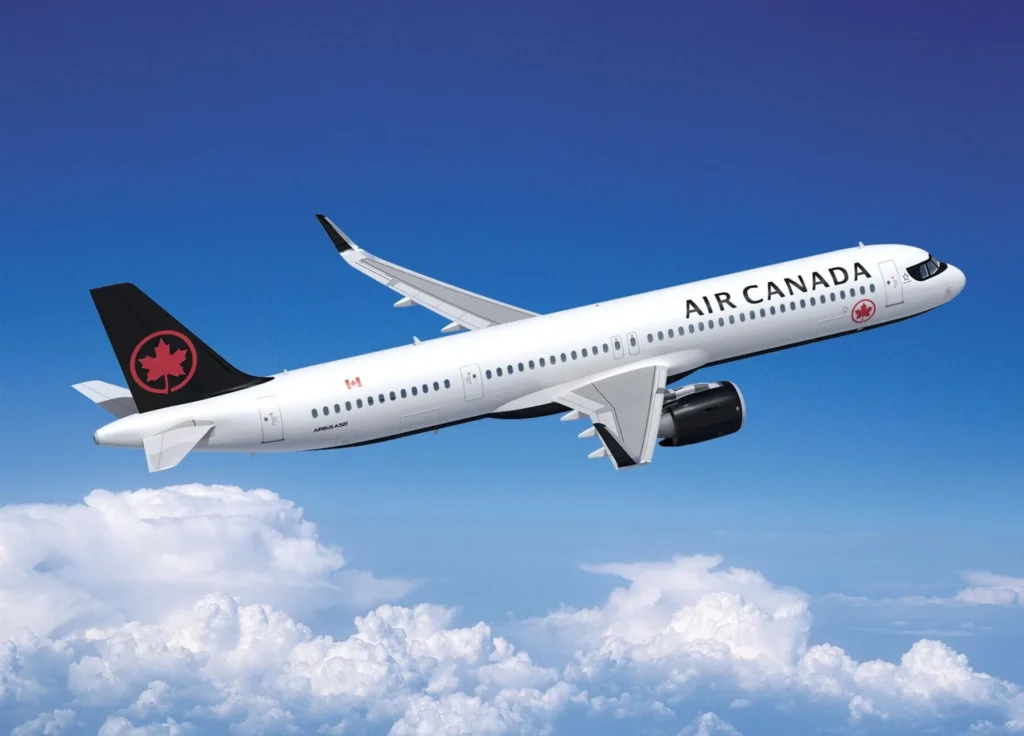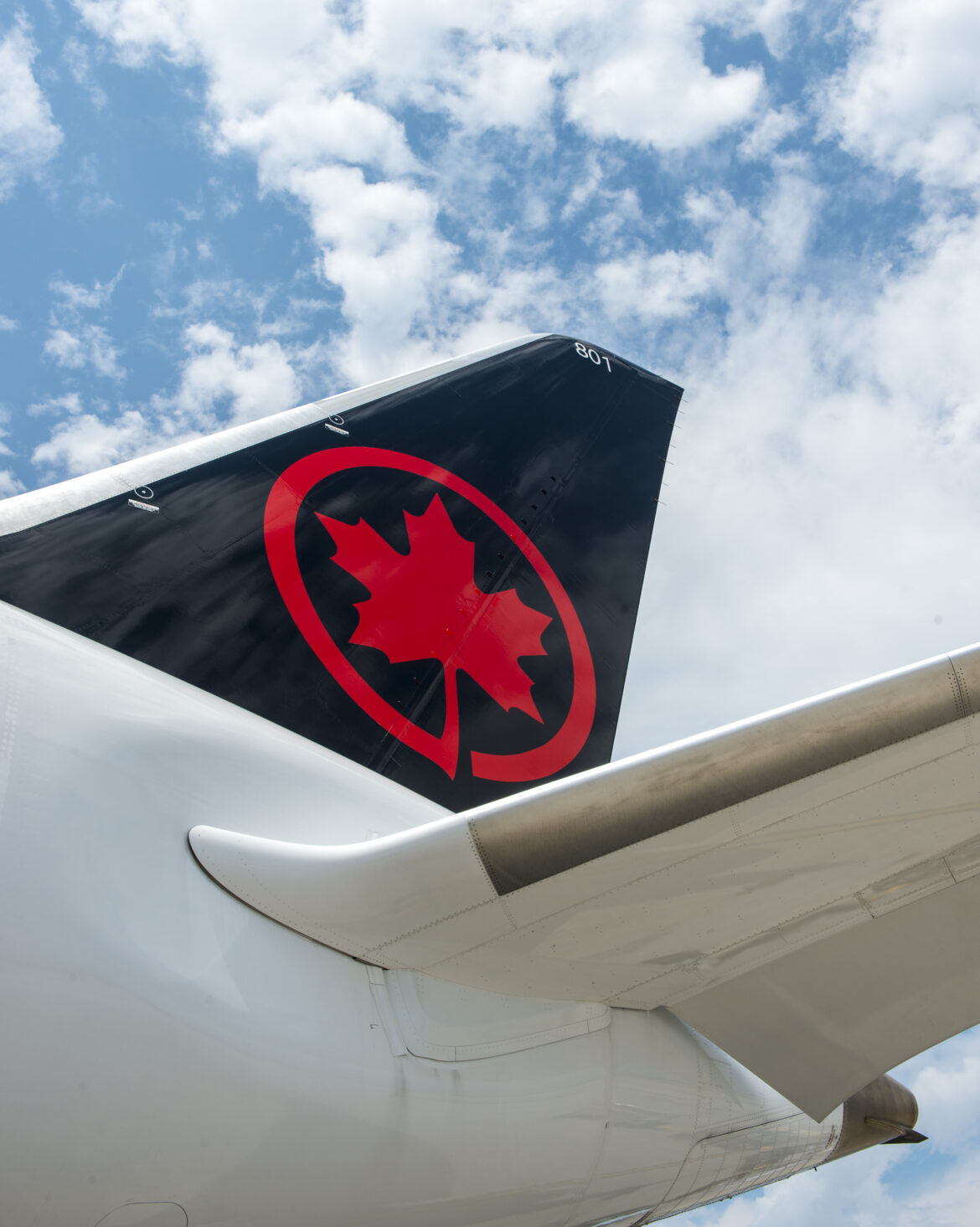Advertiser & Editorial Disclosure: The Bulkhead Seat earns an affiliate commission for anyone approved through the links below. This compensation may impact how and where links appear on this site. We work to provide the best publicly available offers to our readers. We frequently update them, but this site does not include all available offers. Opinions, reviews, analyses & recommendations are the author’s alone, and have not been reviewed, endorsed, or approved by any of these entities.
A steep decline in travel from Canada to the United States has been seen this year and with airlines plotting out their winter schedules, some question if we’ll see a rebound when the temperatures drop up North. Air Canada, Canada’s largest carrier, has been forced to make significant network adjustments as transborder demand weakened due to political tensions, economic uncertainty, and shifting traveler sentiment. The tide seems to be turning slightly, but how many Canadians will come to sunny destinations like Florida and Arizona this year remains unknown.
Air Canada has responded to the downturn by cutting flights to the United States while expanding service on other international routes. The airline has redirected capacity toward stronger-performing regions such as Europe, the Caribbean, and Mexico. In the third quarter, the carrier reduced its US seat count by 9.2% compared with the previous year, while increasing seats to Mexico, Latin America, and the Caribbean by nearly 10%. Domestic capacity rose 5.2%, and service to Europe expanded by 7%. WestJet has made similar tweaks with new routes to the Caribbean and Latin America also on its docket.
These adjustments come amid a 25.4% year-over-year decline in the number of Canadian-resident air trips returning from the US in August, according to Statistics Canada. The falloff reflects lingering public frustration over US tariffs and the unpredictability of Trump administration policies, which have eroded Canadian consumer confidence and interest in visiting the United States. But it’s not all doom and gloom. While Air Canada has made cuts, other Canadian airlines like Porter see an opportunity and have added routes to sunny spots in the US.

The slowdown in US travel is weighing on Air Canada’s bottom line. Historically, transborder routes account for roughly 20% of the airline’s total revenue. The reduced traffic, combined with operational disruptions, is expected to impact its earnings. During the second quarter, Air Canada’s operating margin slipped to 7.4% from 8.4% a year earlier. The carrier also faces an estimated $269 million hit to operating income from a four-day flight attendants’ strike in August, adding further strain to its financial outlook.
The airline’s reliance on cross-border traffic has left it exposed to the shifting dynamics of Canada-US relations. Although Air Canada plans to restore its US capacity next summer to 2024 levels, the move carries risk given continued political volatility and lingering economic disputes between the two countries.
The downturn in transborder travel coincides with renewed diplomatic friction. American ambassador to Canada Pete Hoekstra recently raised the possibility of shutting down US Customs and Immigration Preclearance facilities in Canadian airports (a program that has operated since 1952 and allows travelers to clear US customs before boarding their flights). Such a move would disrupt one of the most efficient systems supporting cross-border air travel and could further discourage business and leisure traffic alike. Potential US tariff increases on Canadian lumber and furniture are also expected to dent corporate travel demand. Analysts warn that these measures, coupled with ongoing political rhetoric, could exacerbate an already fragile travel environment.
While Canadian airlines are adapting to shifting travel patterns, their recovery depends heavily on the stabilization of Canada-US relations and traveler sentiment. Air Canada’s plan to rebuild its transborder network assumes a rebound in demand by next summer, but with political tensions persisting and economic risks mounting, the outlook remains uncertain.
Anthony’s Take: For now, the country’s airlines are hedging their bets while leaning into sun destinations and transatlantic routes and waiting for calmer skies between Ottawa and Washington.
(Image Credits: Air Canada.)
(H/T: Travel Weekly.)
User Generated Content Disclosure: The Bulkhead Seat encourages constructive discussions, comments, and questions. Responses are not provided by or commissioned by any bank advertisers. These responses have not been reviewed, approved, or endorsed by the bank advertiser. It is not the responsibility of the bank advertiser to respond to comments.
Advertiser & Editorial Disclosure: The Bulkhead Seat earns an affiliate commission for anyone approved through the links above This compensation may impact how and where links appear on this site. We work to provide the best publicly available offers to our readers. We frequently update them, but this site does not include all available offers. Opinions, reviews, analyses & recommendations are the author’s alone, and have not been reviewed, endorsed, or approved by any of these entities.
